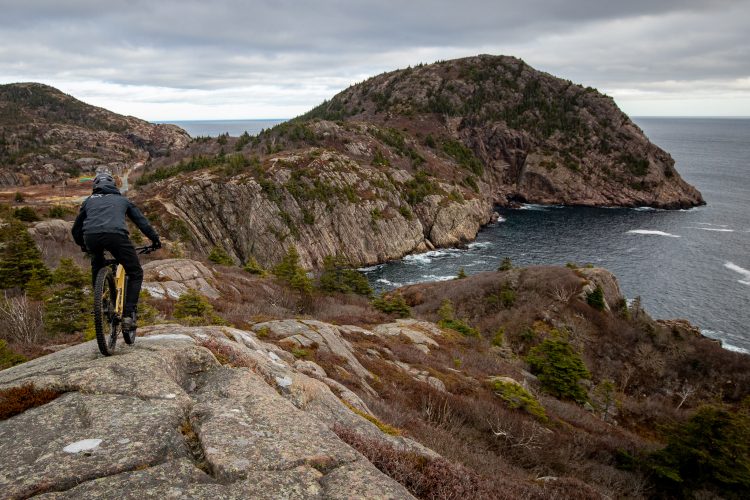This week I came across a couple MTB news items that, although unrelated, point to interesting trends affecting the mountain bike world…

Image from cnano-rhone-alpes.org.
James Easton donates $2M to UCLA for Carbon Nanotube Research: Remember the early days of mountain biking when guys could just modify old Schwinn bikes into badass off road machines? Or even the days when anyone who knew a thing or two about welding could throw together a bike frame? Those days are coming to a close as carbon fiber and now, carbon nanotubes become the mountain bike frame and component materials of choice.
Easton actually makes a number of products beyond mountain bike handlebars and wheels including golf clubs, tents, bows and arrows, baseball bats, helmets, and every hockey sticks. While there’s no direct link between the carbon nanotube research funding and any upcoming MTB products (that we know of), it just goes to show the technology involved in building mountain bikes is becoming more and more complex. Is there a 5-pound rig in the future for mountain bikers? Time will tell…

Unemployed Australians Build Mountain Bike Trails: The world economy has hit a bit of a rough spot but in Queensland, Australia the government is paying unemployed workers to build downhill and cross country MTB trails at Amamoor in the Mary Valley. Workers receive training in chainsaw operation and trail building and will even get a chance to build trail features and obstacles.
It’s interesting to think about how many of the trails we ride today were actually built for hiking during the New Deal in the 1930s. These days it’s mostly volunteers who are adapting old trails to new uses but building trails AND getting paid – now that’s a trend I’m on board with!



















